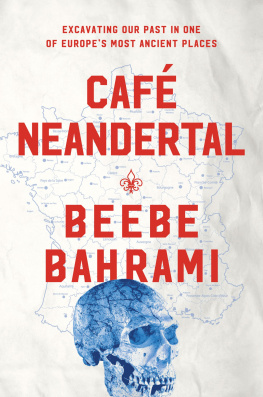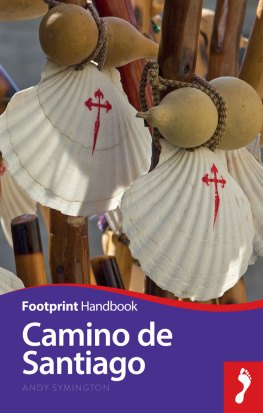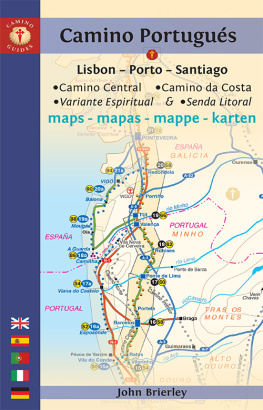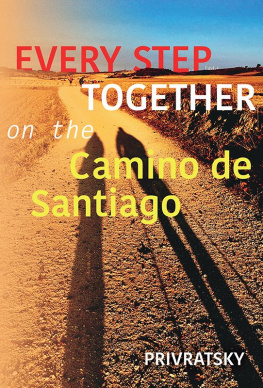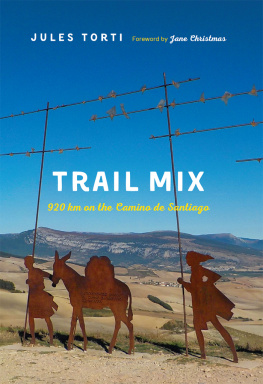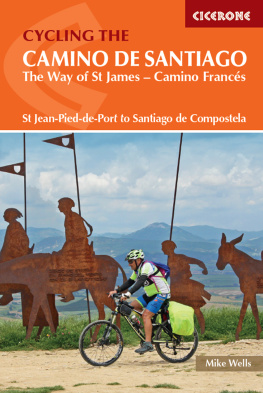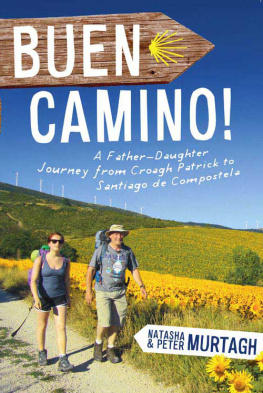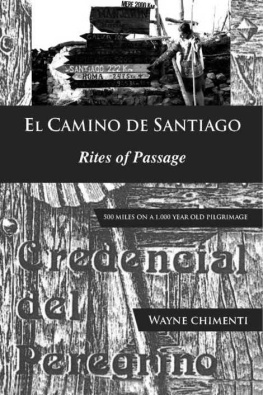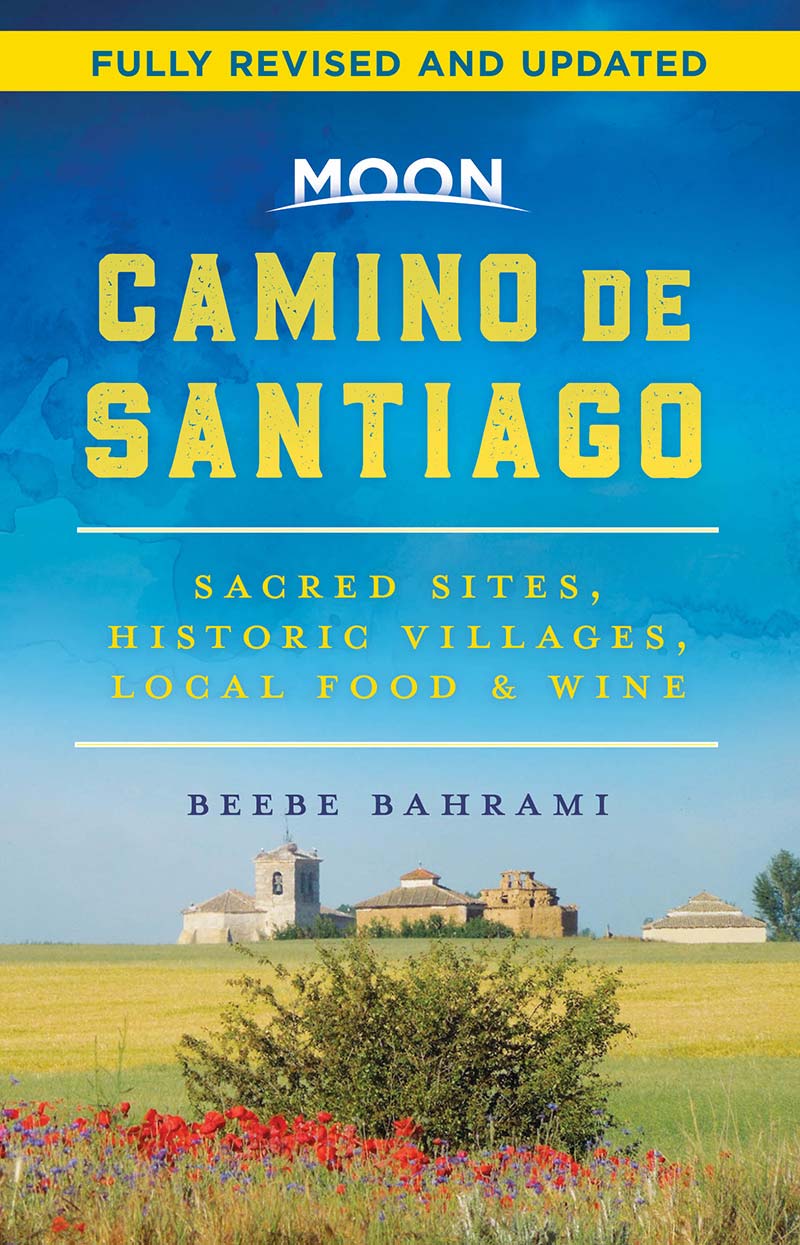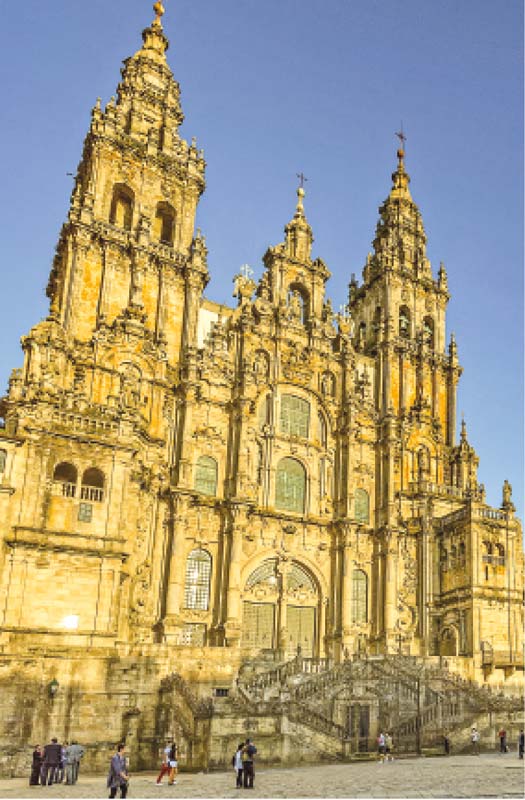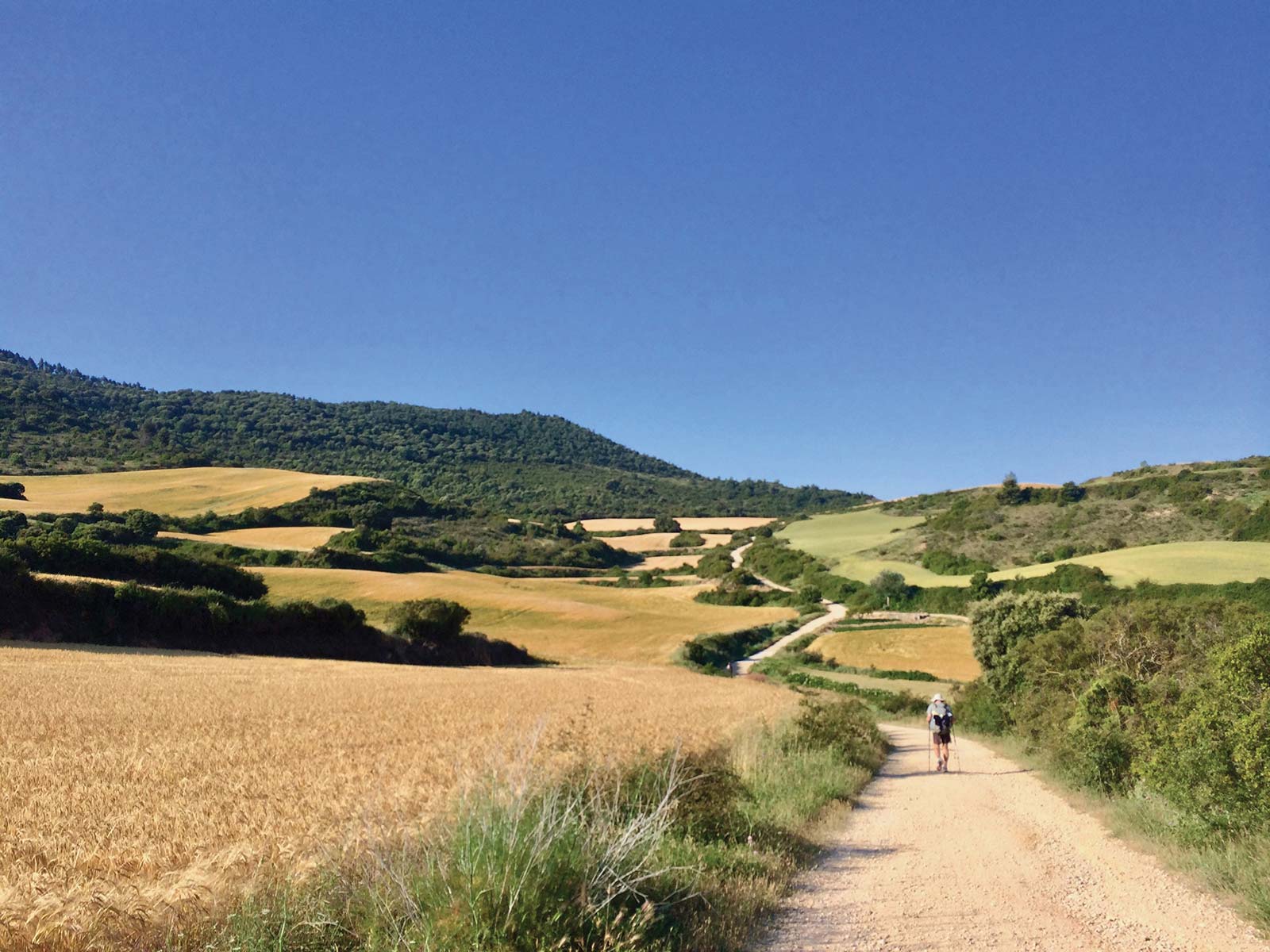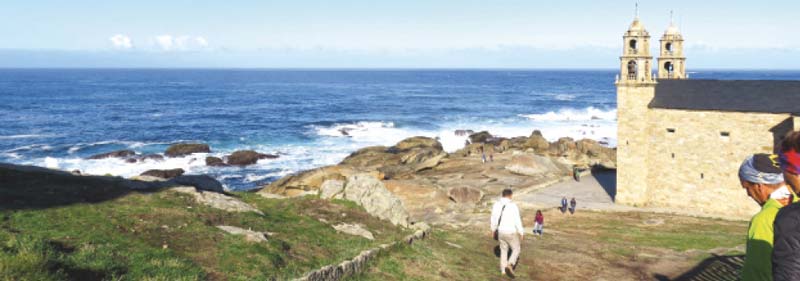Beebe Bahrami - Moon Camino de Santiago: Sacred Sites, Historic Villages, Local Food & Wine (Travel Guide)
Here you can read online Beebe Bahrami - Moon Camino de Santiago: Sacred Sites, Historic Villages, Local Food & Wine (Travel Guide) full text of the book (entire story) in english for free. Download pdf and epub, get meaning, cover and reviews about this ebook. year: 2022, publisher: Moon Travel, genre: Science / History. Description of the work, (preface) as well as reviews are available. Best literature library LitArk.com created for fans of good reading and offers a wide selection of genres:
Romance novel
Science fiction
Adventure
Detective
Science
History
Home and family
Prose
Art
Politics
Computer
Non-fiction
Religion
Business
Children
Humor
Choose a favorite category and find really read worthwhile books. Enjoy immersion in the world of imagination, feel the emotions of the characters or learn something new for yourself, make an fascinating discovery.

- Book:Moon Camino de Santiago: Sacred Sites, Historic Villages, Local Food & Wine (Travel Guide)
- Author:
- Publisher:Moon Travel
- Genre:
- Year:2022
- Rating:5 / 5
- Favourites:Add to favourites
- Your mark:
Moon Camino de Santiago: Sacred Sites, Historic Villages, Local Food & Wine (Travel Guide): summary, description and annotation
We offer to read an annotation, description, summary or preface (depends on what the author of the book "Moon Camino de Santiago: Sacred Sites, Historic Villages, Local Food & Wine (Travel Guide)" wrote himself). If you haven't found the necessary information about the book — write in the comments, we will try to find it.
- Strategic trekking advice for walking the Camino, including where to start to get the Compostela certificate and excursions to gateway cities like Santiago, Lon, and Pamplona
- Unique ideas for enriching your experience: Admire folkloric art and Romanesque churches, stroll through the stone archways and winding alleys of medieval cities, and soak up mountain views as you cross over the Pyrenees and descend into green valleys. See the archaeological site where Europes oldest humans were uncovered and breathe in the salty ocean air as you finish your journey at the shores of the Atlantic
- Savor the local flavors: Enjoy authentic jamn serrano, tapas, and Galician wine, or grab cheese and freshly baked bread for a picnic lunch
- The best detours, festivals, and villages along the way: Linger in Estella, witness the running of the bulls in Pamplona, visit the monastery in Njera, or sip wine in Cacabelos
- Essential planning information on when to go, how to get there, where to eat, and where to stay, from pilgrim dorms to private hotels, plus tips on hazards, precautions, and gear
- Expert advice from Beebe Bahrami, who has walked the Camino more than 20 times, including valuable history and context of the pilgrimage and the sacred sites, landscape, culture, and local etiquette
- Full-color photos and detailed maps throughout, plus a handy fold-out map of the entire route
- Helpful resources on Covid and walking the Camino
- Handy tools and background information including Spanish and French phrasebooks, visa information, volunteer opportunities, and tips for seniors, women traveling alone, religious and secular travelers, and LGBTQ travelers
Beebe Bahrami: author's other books
Who wrote Moon Camino de Santiago: Sacred Sites, Historic Villages, Local Food & Wine (Travel Guide)? Find out the surname, the name of the author of the book and a list of all author's works by series.

